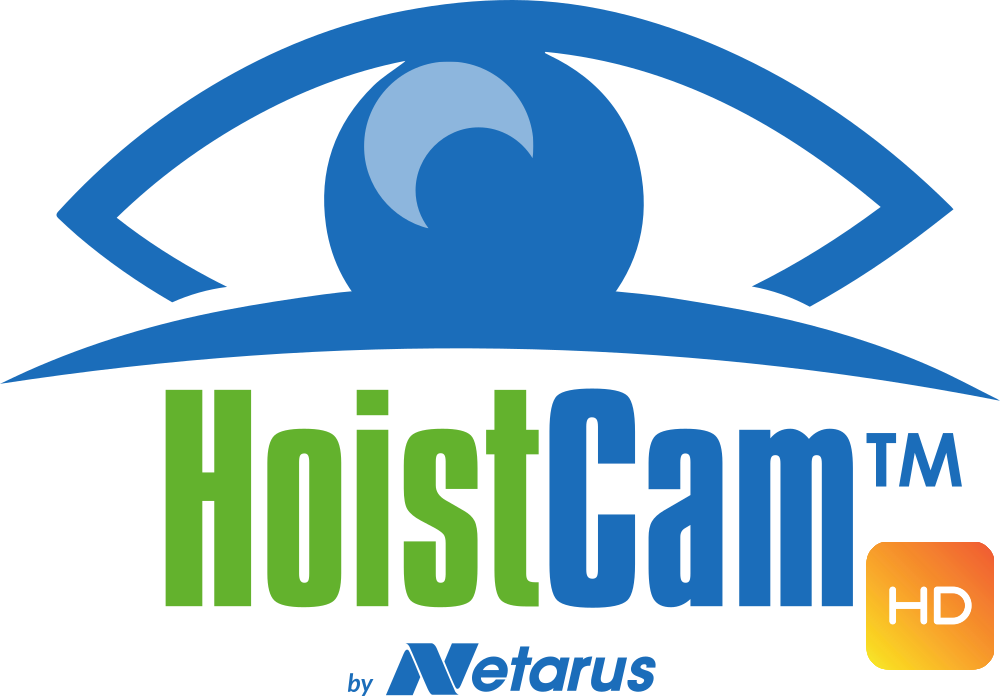
Crane safety is an outlier, in comparison to the safeguards other industries possess and promote. That these features are the result of the push-and-pull between consumers and corporations, that resistance by executives is a thing of the past, that most companies would not think to manufacture—and we would not think it acceptable to buy—a car without seatbelts or a house without smoke detectors or a baby carriage without brakes is proof of the heightened demand for safety. And yet, the features we take for granted in one realm, such as rear-view cameras, are less common in the more dangerous world of construction.
I mention these cameras because insurers value them, drivers enjoy them, and critics praise them. The irony is that similar technology is available for crane operators, but it elicits silence or silent protests from the insurance industry. Put another way, the safety features that insurers insist on—that they reward automobile companies for adopting and car owners for activating—do not extend to an environment in which visibility is already hard to see, while what workers can see may look safe when it is fact more treacherous than they can discern.
These risks are more than an issue of physical safety, despite the loss of the construction industry’s most versatile—and valuable—workers; whose loss is most visible by the injuries they bear or the headstones that bear their names; whose lives are a testament to what should have been done—to what could have been avoided—if crane operators had had the means to see what not the naked eye cannot see alone.
The risks are economic, too, because knowledge of a danger is often proof of liability. Translation: If a construction company knows a worksite is most likely dangerous—that the danger is more probable than simply possible—a jury will have no sympathy for that company, should a lawsuit and trial ensue.
The moral fault does not, however, belong to the company in question. That statement is a matter of opinion—that is my opinion—because insurers should reward companies for equipping construction cranes with cameras. Unless, of course, insurers want to pay multimillion-dollar settlements and verdicts on behalf of the clients they represent.
As these verdicts increase, and they will increase, the construction industry will have three choices: install crane cameras right now, so workers can be safe and projects can continue apace; do not install crane cameras, and hope—no, gamble—that nothing will go wrong; or demand that insurers absorb the cost for the purchase and installation of crane cameras, since they will recoup any upfront expenses with fewer payouts and more profits.
Remember, too, that failure to act can bankrupt one of the biggest crane companies. It threatens to disrupt, and not for the better, the construction industry as a whole. It threatens to disrupt construction throughout the United States and Canada, acting as a tax businesses cannot honor and a price real estate developers cannot afford to pay, because a torrent of litigation is too much for any one company to weather or all companies to withstand.
If insurers do not appreciate this threat, crane companies must nonetheless mitigate this risk. They must agitate for the change they want—and the reimbursements they deserve to receive—by refusing to allow the insurance industry to perpetuate the status quo. They must be free to choose the right course—the only course—by giving insurers no course but one: the industry-wide adoption of crane cameras.
If insurers leave it to lawyers to decide their fate, they will regret not only their decision but their punishment, too. They will regret having to issue checks—with many commas and zeros—for what they should have foreseen; for what they can already see for themselves, that crane cameras save lives and save everyone money.
Now is the time for crane companies and operators to make the case for enhanced visual technology—to enhance safety at a construction site and to make it a sight to behold.
We have it in our power to do that, and more.
Let us strive to elevate safety, so it can be the priority it should be; the priority it must be.
Let us go forward with clarity of vision and a clear conscience.
(You can also read this article in Crane & Hoist Canada.)


